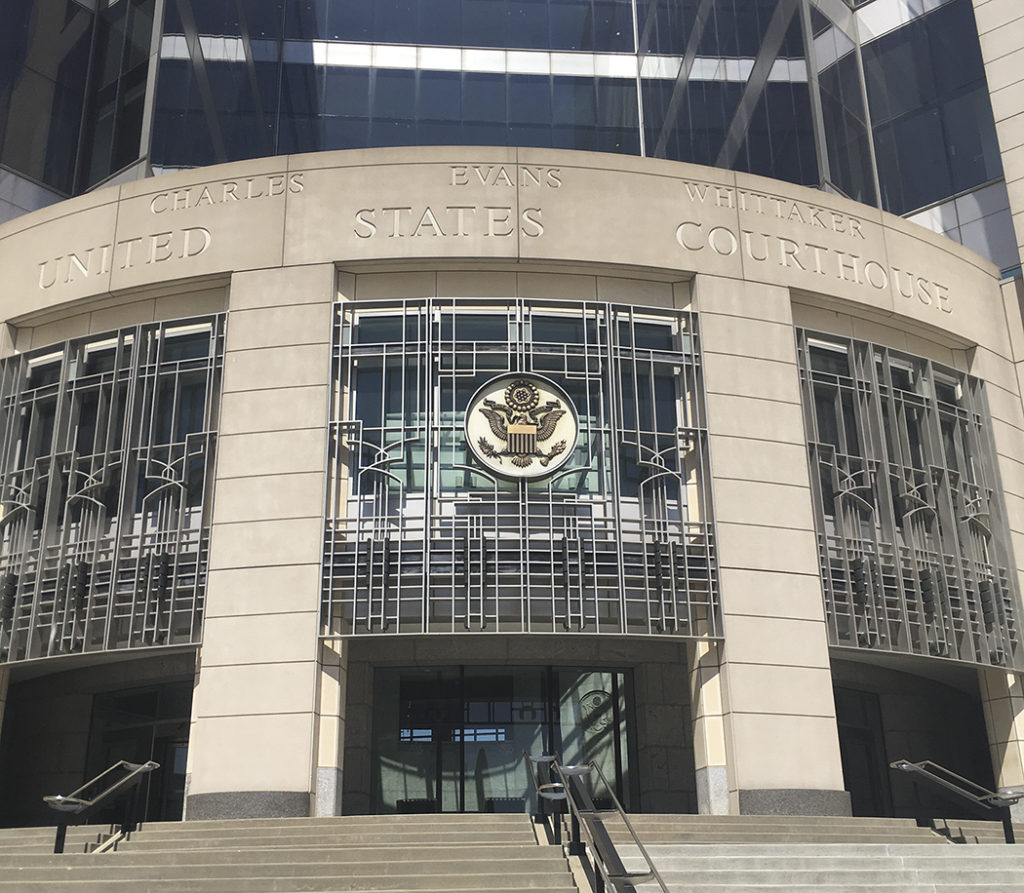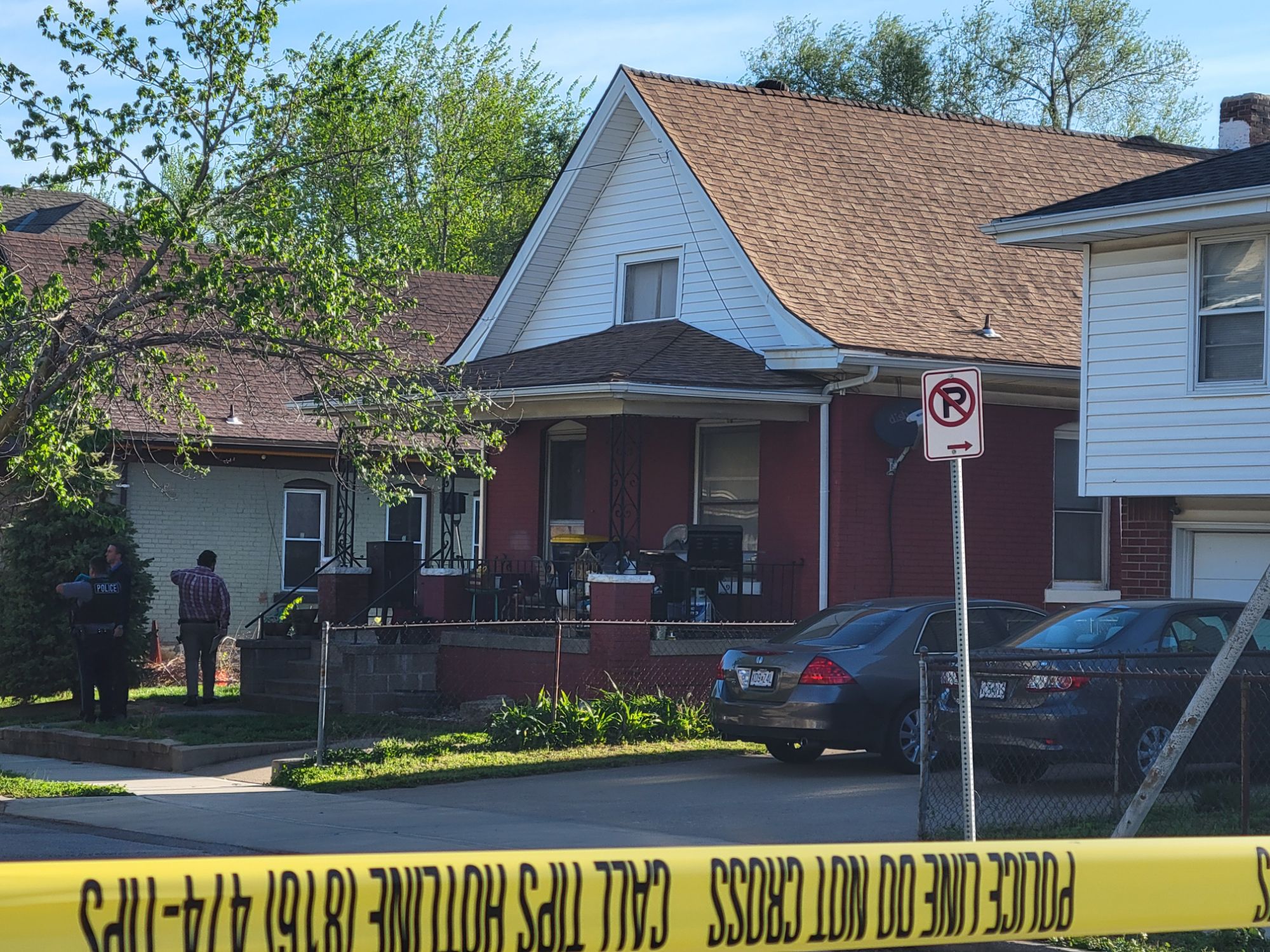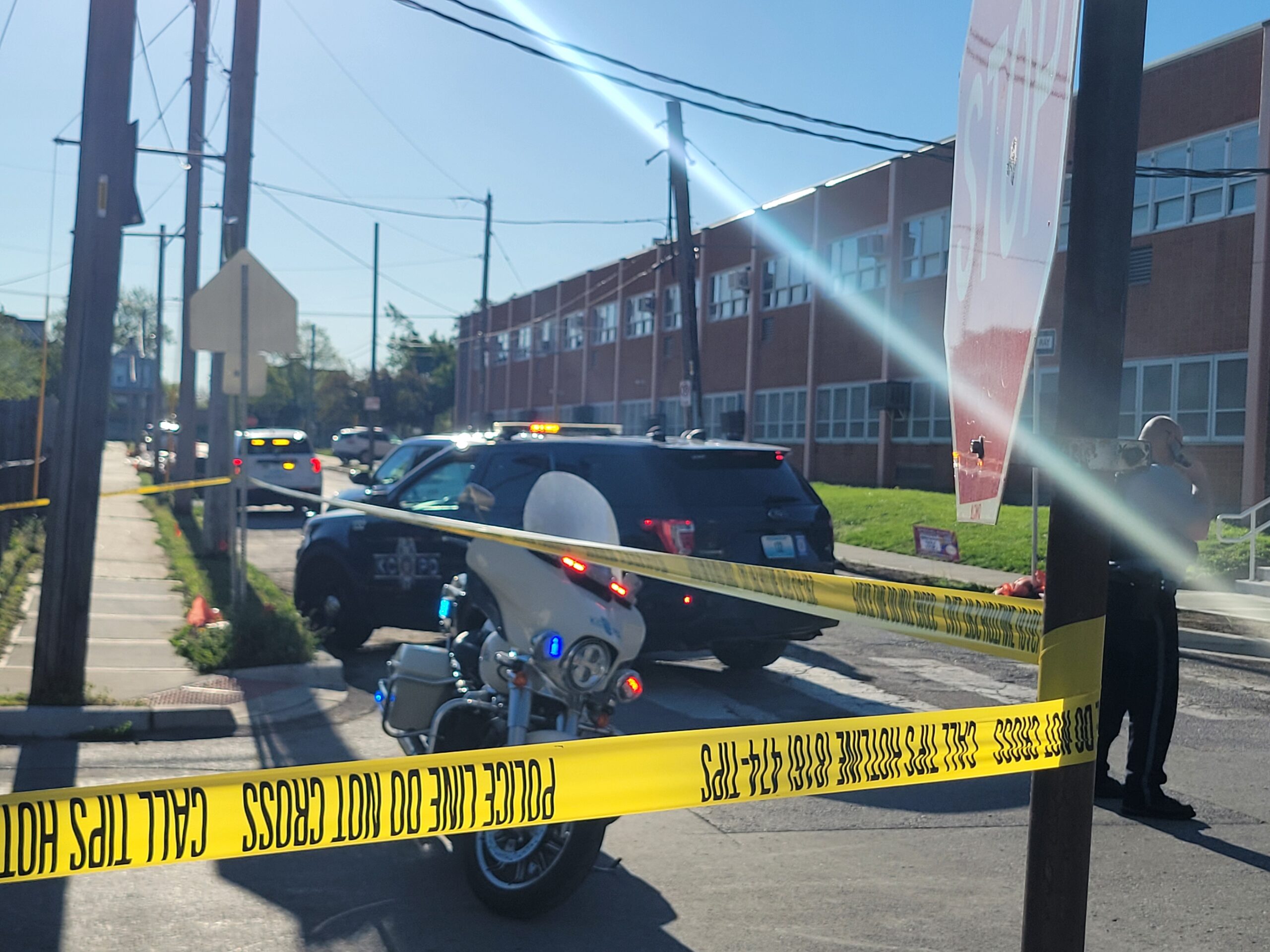Northeast News
April 11, 2017
KANSAS CITY, Missouri – After a saga that has dragged on for more than two and a half years, one of the Historic Northeast’s most notorious criminals was finally sentenced to 100 months in federal prison during a sentencing hearing held on Tuesday, April 11.
Appearing at U.S. District Court in Kansas City, Missouri, 55-year-old Tyler Sutton was sentenced to 8 years, four months of jail time without parole in connection to a long-running bank fraud conspiracy. He was also ordered by the court to pay $39,927 in restitution to his victims. Sutton had previously admitted to using a property in the 400 block of Gladstone Boulevard as a home base for criminal activity, which included offering cash and/or drugs to those who brought him stolen mail, addresses, and credit card information. Sutton and his co-conspirators used the stolen information to make counterfeit checks that were subsequently cashed at retail stores and financial institutions.
Before announcing the sentence, U.S. Chief District Judge Greg Kays said that Sutton talked people with drug addictions into shielding him from law enforcement.
“It’s a far-reaching criminal enterprise, and the mastermind – the architect – is you, Mr. Sutton,” said Kays.
According to the Office of the U.S. Attorney of the Western District of Missouri, between the dates of June 16, 2013 and July 9, 2014, police were dispatched to Sutton’s residence on Gladstone Boulevard 73 times. In one instance, authorities discovered a dead body that was the result of a drug overdose. Several witnesses appeared during the sentencing to request a harsh punishment for Sutton, whose activities caused frequent disturbances to residents of the Scarritt Renaissance neighborhood in which his home was located.
“It was a continual stream of either bad people or police cars,” said former neighbor Kenneth Richardson, who later added that, “On many a morning, you would wake up and see someone lying in the yard.”
Maria King, an active resident of the Scarritt Renaissance Neighborhood Association, also testified during the sentencing hearing. King said that the neighborhood suffered as a result of the persistent police presence in and around Sutton’s residence, adding that she called in complaints about the property “for years.” King begged the court to execute a sentence higher than what the minimum required.
The final witness for the prosecution was Tim Julian, a former business partner of Sutton who said that he lost more than $100,000 as a result of Sutton’s erratic and criminal behavior. Though Julian described a strong working relationship during the first few years of the partnership, he said that things went downhill sometime in 2013.
“He wasn’t doing the things he said he was going to do,” Julian testified.
Eventually Julian and the owner of the Gladstone Blvd. property forced their way into the residence, where Sutton was supposed to be working as a live-in property manager. They found that the property had been destroyed. Julian described finding human feces, used drug needles, and mountains of trash inside the home.
“We filled up a minimum of probably four 40-yard dumpsters,” said Julian, who added that he went through months of counseling and racked up significant legal fees after the dissolution of his business partnership with Sutton. “I trusted him up until it was lie after lie after lie.”
The defense aimed to portray Sutton as a sincere, hard-working individual who had succumbed to the ravages of drug addiction. Sutton wrote a letter of apology to the Scarritt Renaissance neighborhood, which was distributed prior to witness testimony. In the letter, Sutton acknowledged his battles with addiction and pleaded for forgiveness.
Sutton also spoke for himself during the hearing, his voice shaky and breaking, at times registering barely above a whisper. He apologized profusely, claiming that he was clean and sober from the early 2000s until a relapse in 2013.
“This is not the person I am, or the person I want to be,” said Sutton.
Judge Kays ultimately issued a sentence just below the maximum of nine years, saying that Sutton earned a slight reprieve for his honesty and willingness to accept fault for his crimes. That said, Kays noted that he couldn’t overlook the 18 prior felonies on Sutton’s record, adding that State statutes didn’t allow for the punishment Sutton deserves.
“Mr. Sutton, you are the creator of a mess,” said Kays.
The story of Tyler Sutton’s antics in the Historic Northeast initially came to a head on September 20, 2014, when he was arrested and charged for running a criminal enterprise out of the Gladstone Blvd. home. At the time, Sutton was charged with three counts related to drug possession and distribution, was hit with a $10,000 bond and was specifically prohibited by Judge Mary Francis Weir from returning to the problem residence. On September 24, 2014, the Northeast News wrote that, “Neighbors have long lived with criminal activity connected to the Gladstone residence, including prostitution, drug dealing, theft and loud visitors coming and going at all hours. The house has been “kicked in” on several occasions by law enforcement acting on neighborhood complaints and tips and searched for everything from counterfeit check making equipment to drugs and related paraphernalia.”
At the time, Jackson County Prosecutor Jean Peters Baker touted the arrest and subsequent charges.
“These charges represent what can happen when a community and law enforcement work together,” she said. “I want to specifically thank the residents of Scarritt Renaissance [Neighborhood], the men and women of the Kansas City Police Department and Jackson County DART [Drug Abatement Response Team] for their collaborative efforts that have led to these felony charges.”

By September 26, 2014, however, Sutton was released on his own recognizance, and was back in the Historic Northeast community shortly thereafter. According to follow-up reporting in the Northeast News, prosecutors had omitted the judge’s bail provision that forbade Sutton from returning to the Gladstone Blvd. residence when submitting their initial filing to the court. As a result, prosecutors were granted an additional hearing on October 3, 2014, during which they requested that the bail provision be reinstated.
During that hearing, Scarritt Renaissance Neighborhood Association President Leslie Caplan explained why Sutton had to be kept away from the problem home on Gladstone Boulevard.
“Your Honor, we’re asking that you impose the highest bond possible on Mr. Sutton given his constant disregard for the law,” Caplan testified. “He is a cancer in our neighborhood that needs to be removed.”
Caplan’s testimony, combined with supporting testimony provided by KCPD, led Judge Weir to reinstate the provision forbidding Sutton from entering the residence on Gladstone, which she noted wasn’t even owned by Sutton.
“You will be arrested if you go back there,” Weir warned Sutton, according to reporting from the Northeast News.
Though Sutton had been forcibly removed from the property, trouble persisted. On November 13, 2014, officers were once again called to the property – this time on reports of a residential burglary in progress. Police found two individuals inside, including one who authorities recognized as a former associate of Sutton.
The news on Sutton himself remained quiet until April of 2015, when he was once again arrested, this time on charges including conspiracy, counterfeit security possession, aggravated identity theft, bank fraud and possession of stolen mail. He was taken into custody at his lawyer’s office in the Brookside area of Kansas City.
On September 22, 2016, Sutton appeared in federal court, where he pleaded guilty to charges including conspiracy to commit bank fraud, possession of counterfeit securities, possession of stolen mail, and identity theft. He also issued a guilty plea to two counts of aggravated identity theft. For the conspiracy charge, Sutton faced five years in federal prison without the possibility of parole. He also faced a mandatory two-year consecutive sentence in federal prison for the aggravated identity theft charge.
Tammy Dickinson, United States Attorney for the Western District of Missouri at the time of the plea, indicated that Sutton attempted to insulate himself from liability by showing co-conspirators how to make and present counterfeit identification and checks in exchange for a share of the illegal proceeds. According to Dickinson, Sutton admitted that the “intended loss amount” was $83,981.
Three other defendants also pleaded guilty in the conspiracy: 37-year-old Gary K. Keesler, 28-year-old Chad M. Mills, and 33-year-old Christopher Hite.




















Comments are closed.